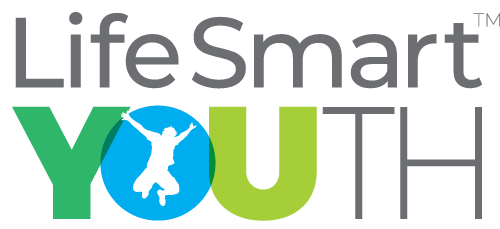How Far We’ve Come
Recognizing the historical misinformation and biases against unwed pregnant teens helps us understand not only how far we’ve come, but how far we still have left to go. Understanding and education are the keys to reducing teenage pregnancy in our community.
1950s
Pregnant teens went from being called “wayward girls” to “unwed mothers,” and family life education focused on the redemptive value of marriage.
1960s
The term “teen pregnancy” grew in popularity, acknowledging the role of young men. Sex education focused on preventing pregnancy more than premarital sex.
1970s
Despite the concern about a teen pregnancy epidemic, the rates of teenage childbearing dropped sharply in the late 1970s and early 1980s.
1970
Title X of the Public Health Service Act was signed by Richard Nixon to create a federal grant program for comprehensive family planning and related preventative health services.
1973
The U.S. Supreme Court legalized abortion with Roe v. Wade. The rates of abortions rose in the decades after legalization but the teen abortion rate has fallen in recent decades.
1980s
According to the Center for the Study of Social Policy, births to single teenagers in Indiana increased by 26%, more than double the national increase.
1982
Social Health Association offered programs to pregnant girls at St. Elizabeth’s Pregnancy and Adoption Services and IPS Alternative schools.
1994
The U.S. Centers for Disease Control and Prevention (CDC) reported a correlation between lack of safe sex education and teenage pregnancy.
1996
Social Health Association received a grant from the newly created Indiana Project Respect for community programs and training in abstinence-based education.
2004
Indiana Project Respect funded the agency’s workshop, “Empowering Parents to Talk About Sexuality and Abstinence.”
2011
A statewide research report, Youth Risk Behavior Survey, was published by the Indiana State Department of Health. The compelling conclusions drawn from the self-reported data obtained from high school students helped make the case for Abstinence-Plus education.
With funding from the Nina Mason Pulliam Trust, the agency piloted the pregnancy prevention program, “Making a Difference!,” ® in three IPS middle schools.
2012
Social Health Association’s “Making A Difference!” curriculum was now available to middle school students throughout the State of Indiana as a result of grant partnerships with Indiana State Board of Health, Indiana Family Health Council, Health Care Education and Training, and the U.S. Department of Health and Human Services.
